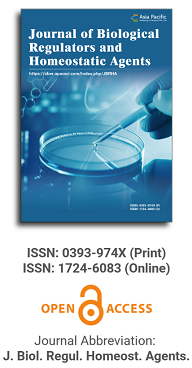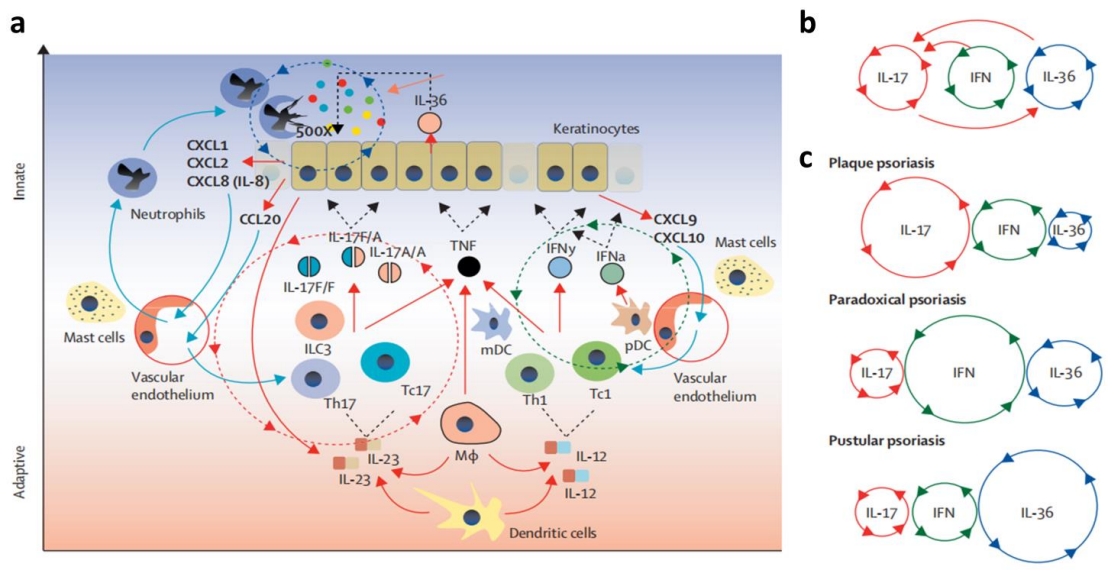
Asia Pacific Academy of Science Pte. Ltd. (APACSCI) specializes in international journal publishing. APACSCI adopts the open access publishing model and provides an important communication bridge for academic groups whose interest fields include engineering, technology, medicine, computer, mathematics, agriculture and forestry, and environment.

Complication in third molar extractions
Vol 33, Issue 3S1, 2019
Abstract
Mandibular third molars (MM3s) are responsible for pericoronitis, primary and/or secondary crowding of the dentition, odontogenic tumors and cysts, periodontal defects associated with the posterior part of mandibular second molars. Tooth extraction is indicated for prophylactic and therapeutic purpose in patients with problems caused by impacted teeth. Common postoperative complications associated with third molar extraction are alveolitis (0.5e32.5%), infection (0.9e4.2%), postoperative bleeding (0.2e1.5%), transient dysfunction of the inferior alveolar nerve (0.6e5.5%), and permanent dysfunction of the inferior alveolar nerve (0.1e0.9%). A literature review reveals number of individual case reports of accidental displacement to various anatomical locations, namely, the infratemporal fossa, pterygomandibular space, lateral pharyngeal space, submandibular space, and sublingual space.
Keywords
References
Supporting Agencies
Copyright (c) 2019 V. Candotto, L. Oberti, F. Gabrione, A. Scarano, D. Rossi, M. Romano

This site is licensed under a Creative Commons Attribution 4.0 International License (CC BY 4.0).

Medical Genetics, University of Torino Medical School, Italy

Department of Biomedical, Surgical and Dental Sciences, University of Milan, Italy

